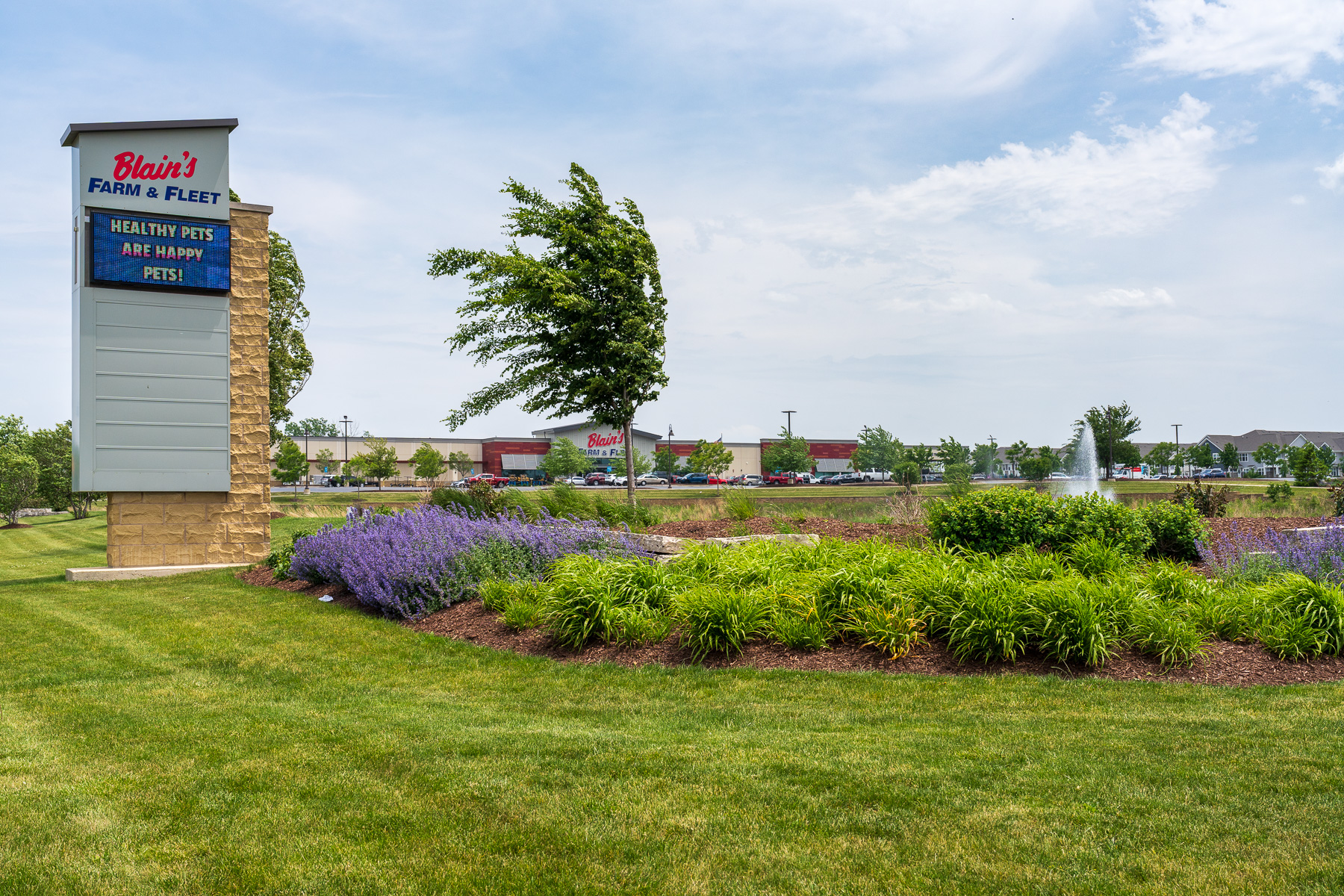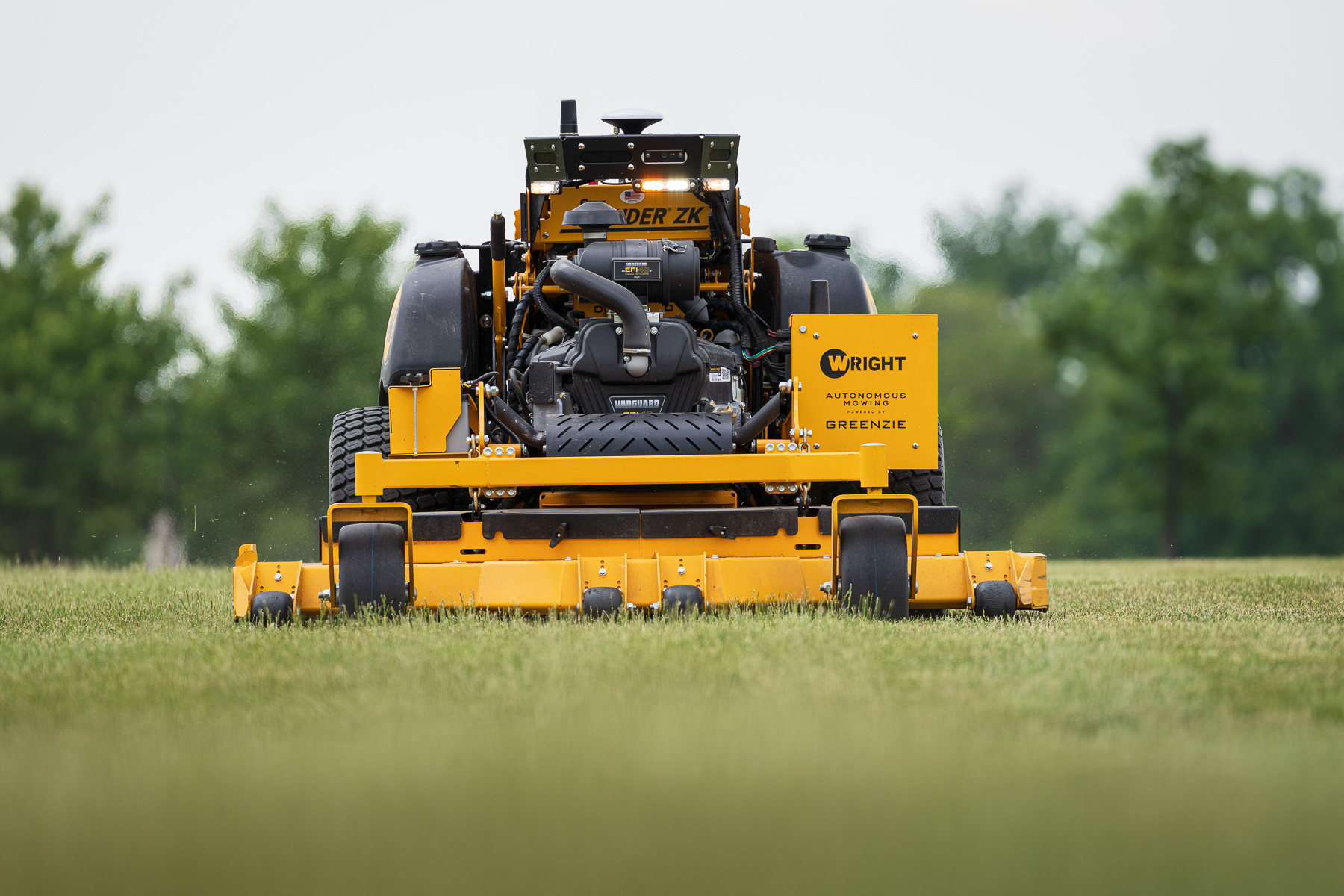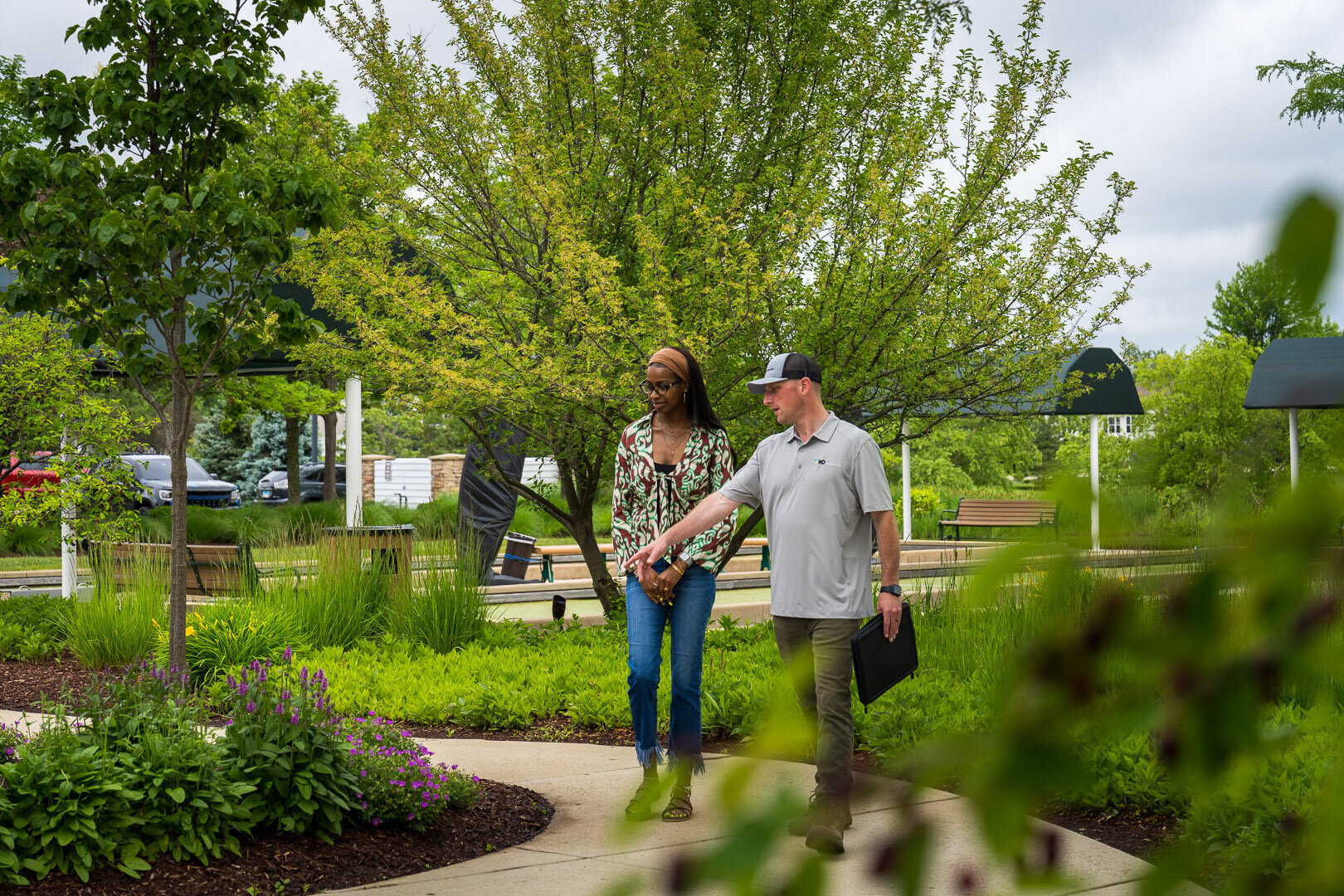You might notice that it’s getting pretty hot out there.
Sure, summer might be great for you; you can escape the sweltering humidity by sneaking inside an air conditioned building. But have you thought about what the intense heat and dryness can do to your residential or commercial lawn?
Summer’s hot temperatures and lack of water can stress your grass out. Even a healthy lawn can take a bit of a beating.
Let’s talk about what drought can do to a lawn and how to bring back grass after drought so you can get your lawn back to good health.
Identifying & Maintaining Drought-Stressed Grass
During summer’s dog days, drought stress can certainly impact your lawn.
A lawn that is discolored or isn’t growing well is certainly sending you a message, and it can make your lawn look like an eyesore.
Try these strategies when you’re attempting to figure out how to bring back grass after drought.
Water Correctly
Obviously, during summer, water is a crucial component to help relieve stressed commercial and residential lawns. It’s important on the list of how to revive grass after drought.
While rains may be frequent in spring, in summer they can slow down in Greater Chicago. To ensure your grass receives the water it needs, irrigate one to two times weekly for approximately 45 to 60 minutes.
You want to provide your grass with a good soak; you don’t want to just water for a few minutes or that irrigation won’t reach your lawn’s roots. Your goal is to provide your lawn with 1 inch of water each week – whether it’s your commercial irrigation system, residential sprinkler system, or what Mother Nature provides.
Remember to also follow water requirements or any drought restrictions that may arise during droughts.
Ensure You’re On An Annual Fertilization Program That Includes Fall Fertilization
Sure, adding nutrients in the peak of summer may not offer much help to grass suffering from drought. But remembering to add fertilization as part of fall lawn maintenance is crucial to ensure your residential or commercial lawn receives the nutrients it needs all year long.
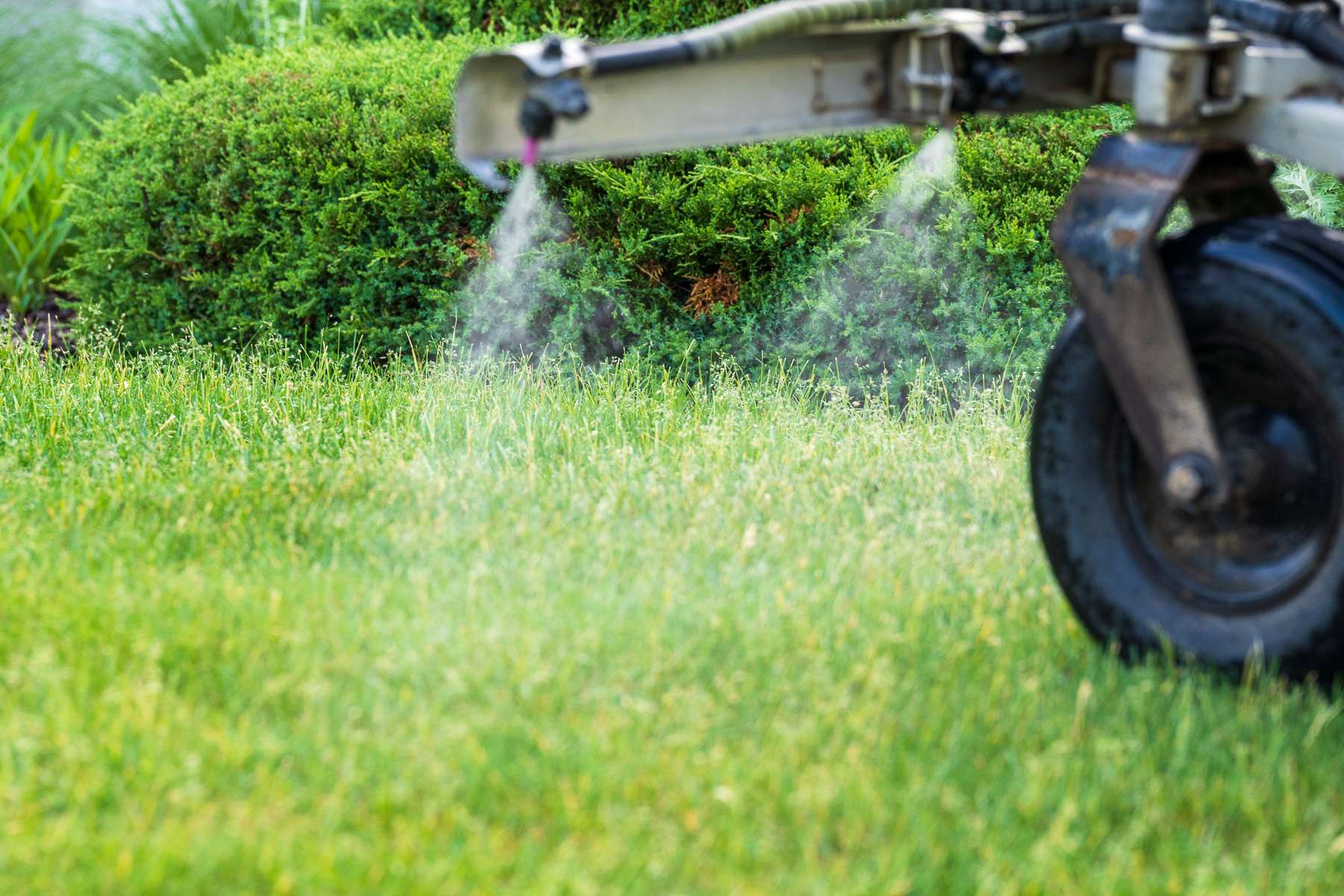
Autumn is particularly important for fertilization as it boosts root growth, making your lawn stronger the next spring and summer.
Mow Properly
By the time summer comes around, mowing slows down. While you or your lawn maintenance professional may be mowing every 5 days in spring, by summer this could lengthen to almost every 10 days.
But that doesn’t mean one should slack on proper technique. Following some basic rules can help grass come back after drought.
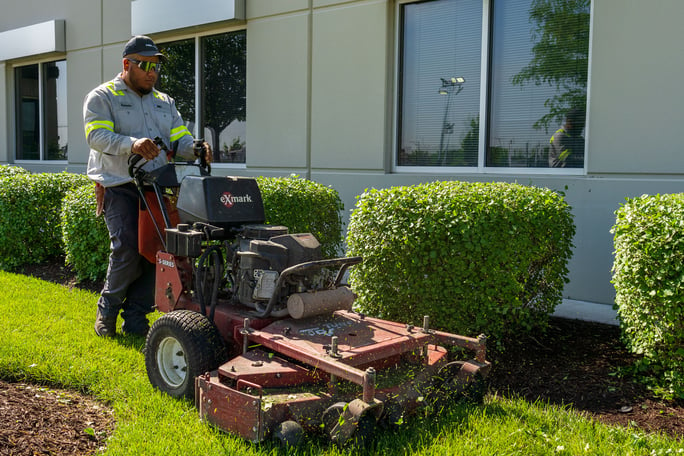
Keep your mowing height to 3 to 4 inches high, only removing up to one-third of the grass blade at a time. This ensures your grass doesn’t stress out more than it needs to once heat rises so it can survive drought.
Also, sharp mower blades are essential to prevent tearing grass while cutting.
Clean Up Leaves
Leaf cleanup can feel very overwhelming during fall, especially if you have a lot of trees in your yard or on your commercial property.
But removing leaves from the grass is important for lawn health. That’s why you shouldn't ignore this fall lawn maintenance task.
Raking up the leaves or blowing them into piles and disposing of them or removing them helps your lawn not only look fresh, but it also better prepares it for winter, helping it recover from challenges including drought.
Aerate & Overseed
Fall is the best time to aerate and overseed your commercial or residential lawn.
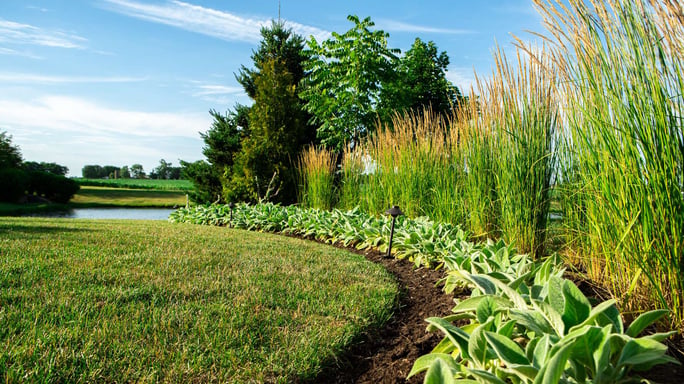
First of all, aeration allows your grass some time to develop stronger roots while exposing the soil to a good dose of nutrients. Aeration, as the removal of small plugs of soil, gives your compacted lawn a chance to more easily receive oxygen, nutrients, and water at the root-level where it’s needed most.
Overseeding as part of a fall lawn maintenance plan is a perfect addition to aeration because those removed plugs create the perfect holes for seed to contact the soil and germinate. This improves the germination process, making overseeding more successful in strengthening and thickening your lawn.
Let KD Landscape Help You Beat the Heat
It may take some trial and error for you to answer the question: Will grass come back after drought? Grass is a living plant, after all. So many factors can contribute to its overall health.
As you navigate summer with your residential or commercial lawn, it can feel overwhelming. We completely understand.
Let KD Landscape help. We are experts in caring for Greater Chicago lawns on residential and commercial properties. And we can ensure your lawn survives the heat and drought of summer so you can be proud of how your landscape looks all year long.
Want to improve your landscape’s health and help it stay healthy through summer? KD Landscape can help. Get started today with a free quote. Together, we’ll customize a plan that gives you the most attractive property on the block.





